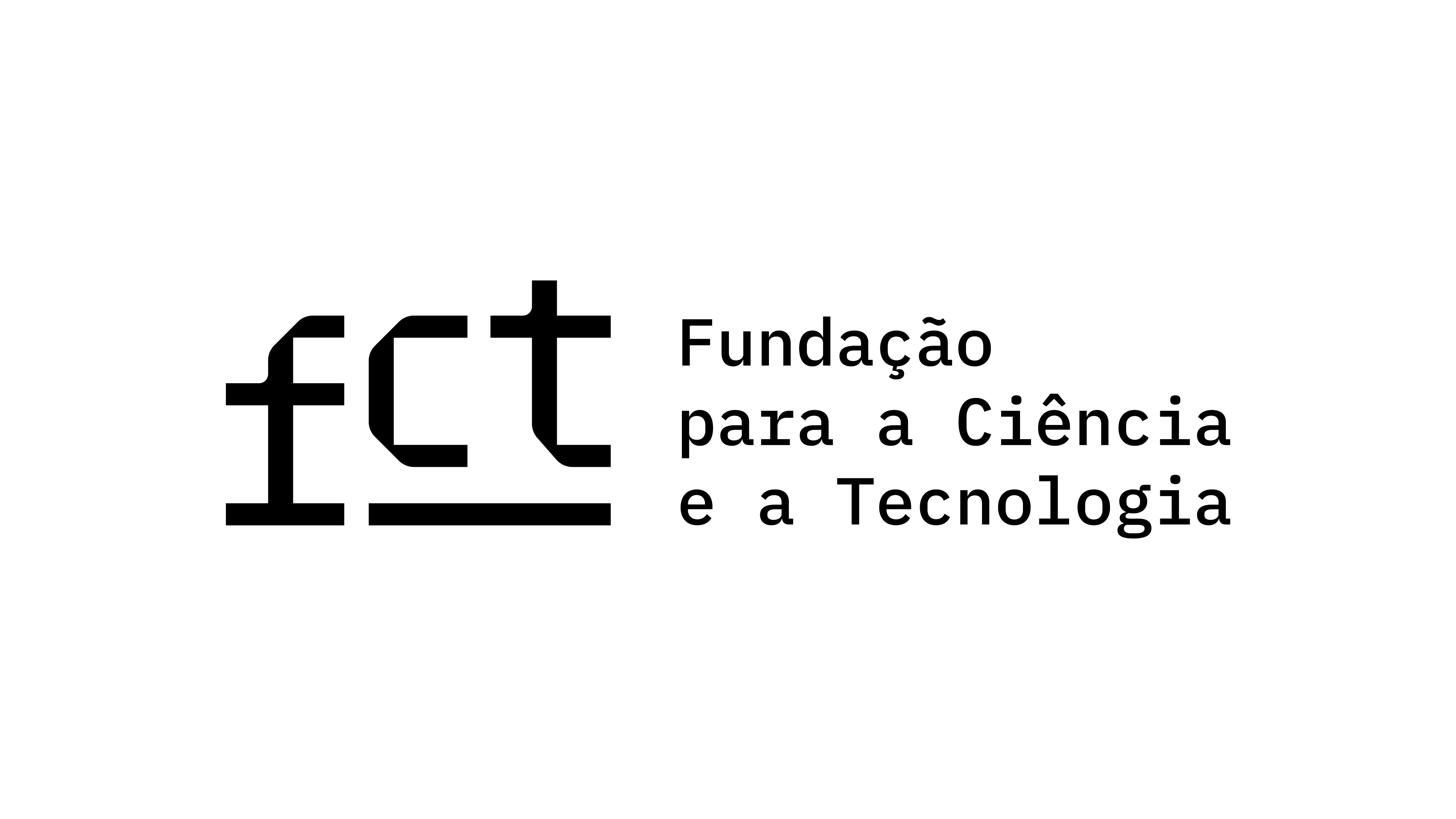The African Twin Towers. Unveiling The Creative Process in Christoph Schlingensief’s Late Film Work
Keywords:
Christoph Schlingensief, cynical reason, postmodern cinema, Irm Hermann, AnimatographAbstract
In 2004, Christoph Schlingensief presented the first version of his Animatograph, a rotating stage made of objects, projections and performances at the Bayreuther Festspiele where he directed his controversial version of Parsifal. Later, he rebuilt a version of this multimedia device in Area 7, a township of the Namibian city of Lüderitz. The Animatograph has given rise to several analyses focusing on the aesthetic, political, philosophical and historical issues of the device. However, while working on the installation of the Animatograph in Namibia, Schlingensief also made a film, which documented his failed attempt to shoot a free adaptation of Wagner’s Ring in this former German colony. Finally released in 2008 under the title The African Twin Towers, this documentary proved to be Schlingensief’s last film, with the director dying of cancer just two years later. Overshadowed by the impressive and ambitious theatrical and multimedia mother-project, The African Twin Towers has received less analytical debate, particularly about its role as a documentary film. This article reconsiders the documentary as part of Schlingensief’s film work, looking at both its crucial contribution to a global reflection on German cinema and its impact on nonfiction film in a post-modern context. To that end, it focuses on the apparent contradiction between the destructive gesture of conventional cinema that is at work in The African Twin Towers and the preservation of a nevertheless superior and sometimes apparently cynical director.
Downloads
Published
How to Cite
Issue
Section
License
Copyright (c) 2022 Cinema: Journal of Philosophy and the Moving Image

This work is licensed under a Creative Commons Attribution 4.0 International License.




